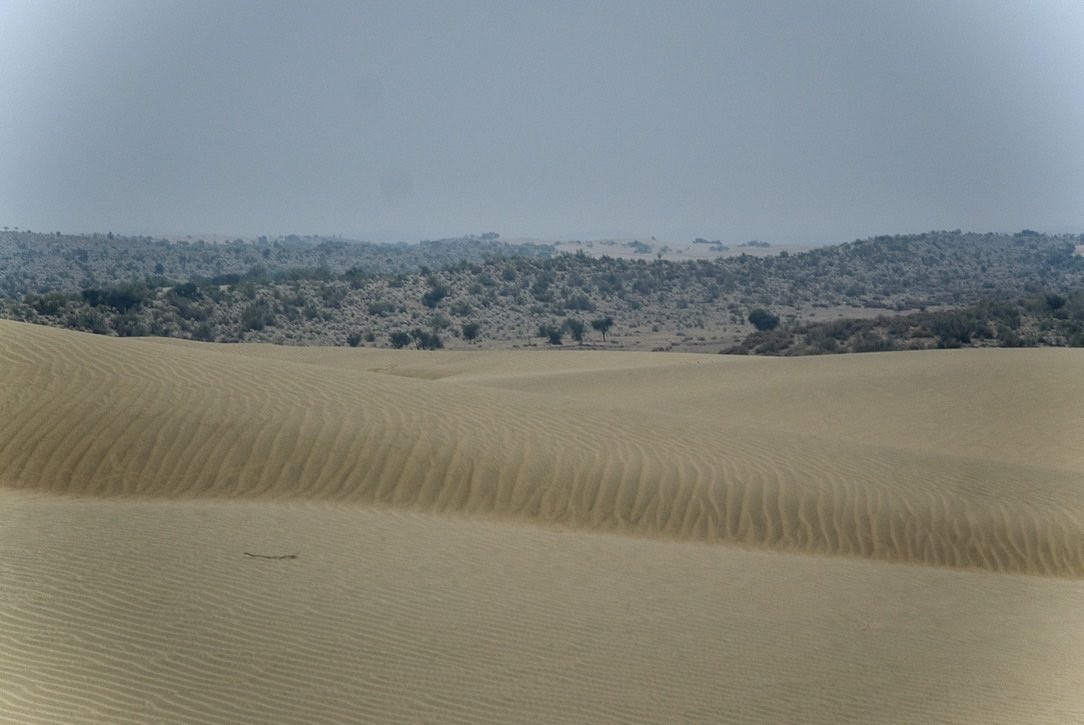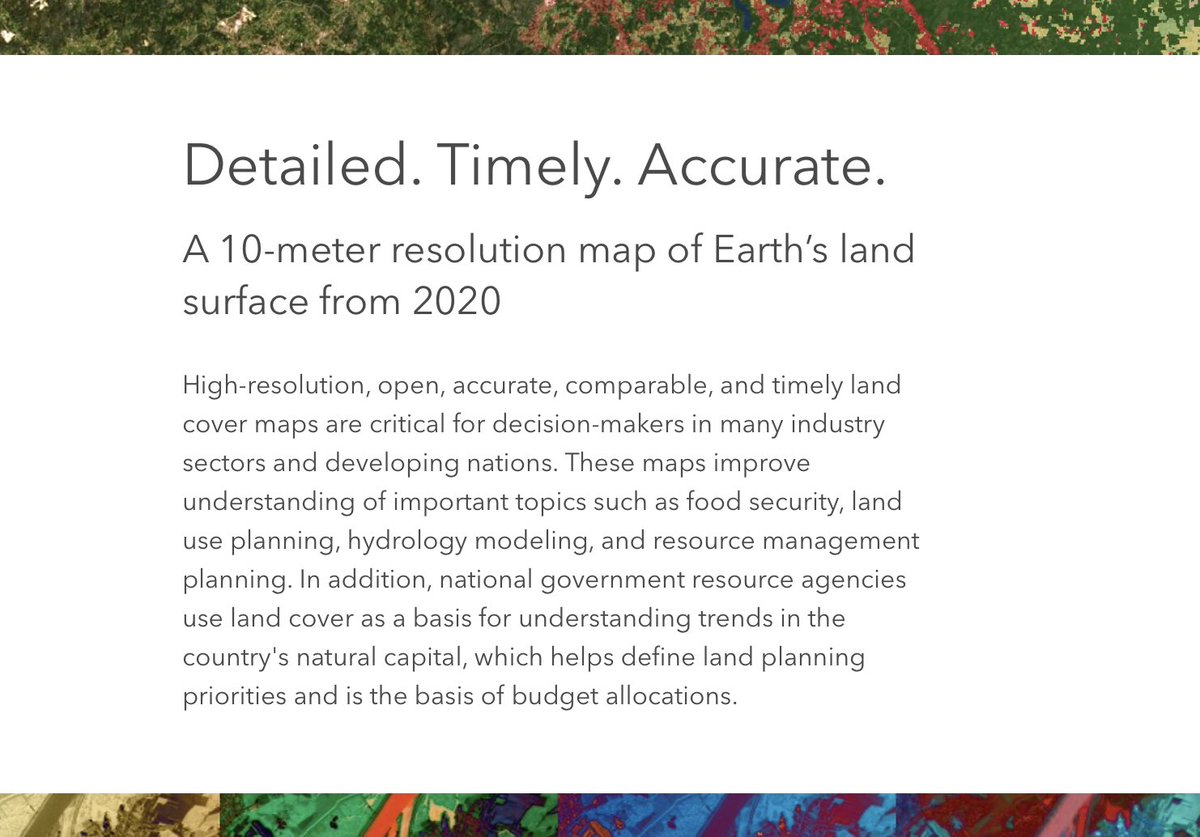Why would a shoddily-written, poorly-titled hit-piece—targeting a critically endangered bird and its mistreated grassland habitat, both struggling on the fringe of India's conservation consciousness—make it so big across so many news channels? 

2/ To begin with, Bloomberg Green fearlessly ran down the Great Indian Bustard, saying that efforts to save this ‘slow’, ‘easily-frightened’ bird with ‘bad eyesight’ held risks for ‘green energy’ projects, God's very own gifts to the ‘wastelands’ of an energy-hungry nation. 

3/ Instead of making other news outlets cautious, this piece was syndicated across multiple big business news channels. It was mostly run as-is, but the title was often creatively spun to ensure the bird got a good rap and a bad rep. 







4/ National media, regional language dailies, energy news channels, and many others who readily bled green, are all worried sick about an irresponsible bird that was jeopardising our renewable energy dream. 







5/ Yet, the timing and synchrony of this outpouring of concern for our renewable energy projects remained unclear until I read this thread by @mohantee, and his excellent piece in the Economic Times.
https://twitter.com/mohantee/status/1402467714812170241
6/ So, a full gaggle of green energy companies, including all the usual culprits, were planning to appeal a Supreme Court order that supported the conservation and well-being of the critically-endangered bustard over their profits. See full ET piece 👇🏽 

8/ How nice it would be to show in the Supreme Court that so many different news outlets had written about the unspeakable injustice being heaped upon a community of environmentally-concerned, green-energy luminaries, on the pretext of conserving an ungainly, half-blind bird.
9/ The same world of wealth that strings and quarters the bustards, and erases their homes, also funds our media. Little wonder then that they’d speak up for their paymasters.
Even if it meant that they had to—without irony or awkwardness—flip the bird at a beleaguered bustard.
Even if it meant that they had to—without irony or awkwardness—flip the bird at a beleaguered bustard.
• • •
Missing some Tweet in this thread? You can try to
force a refresh

























